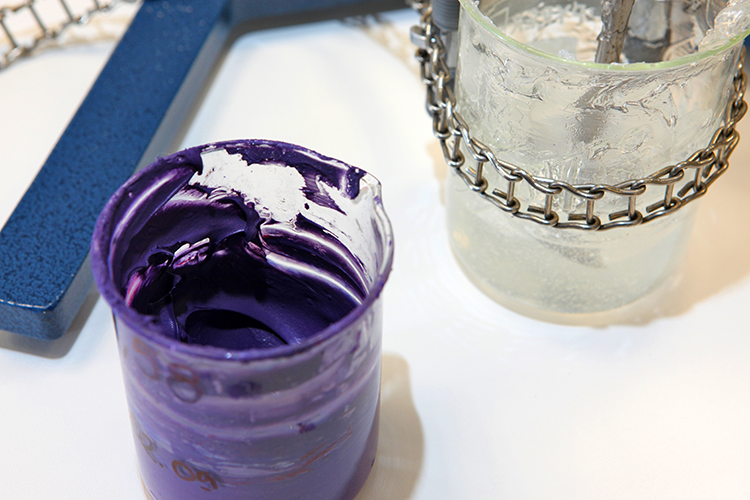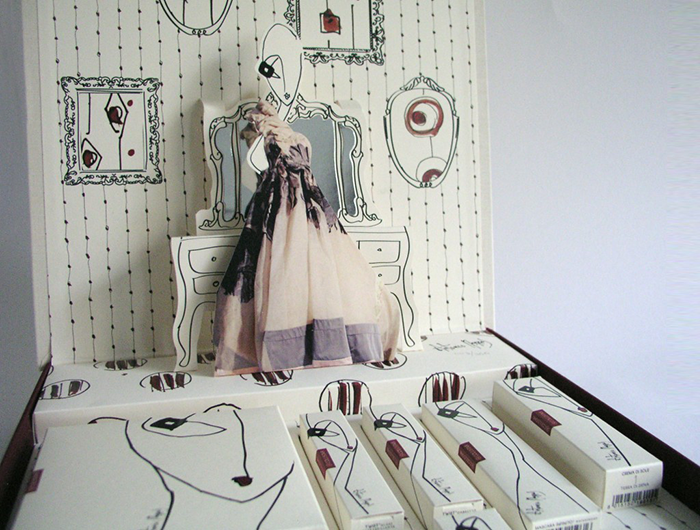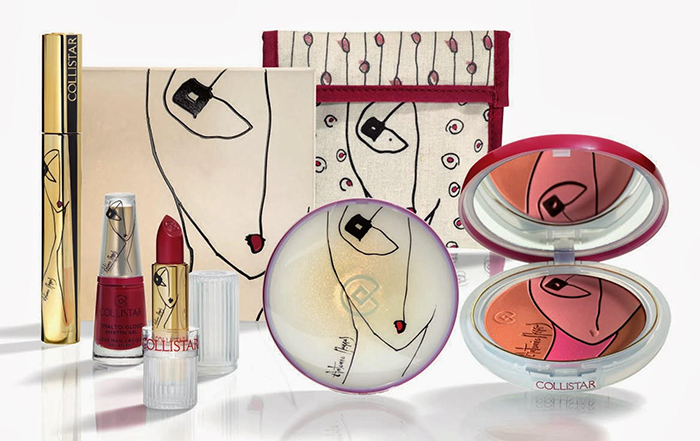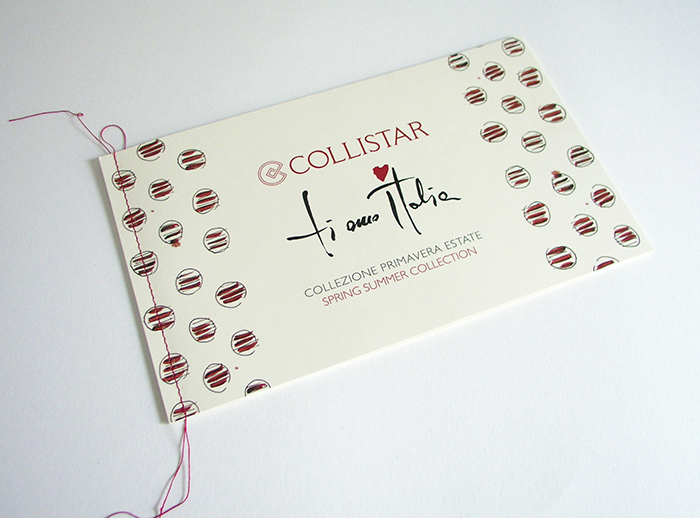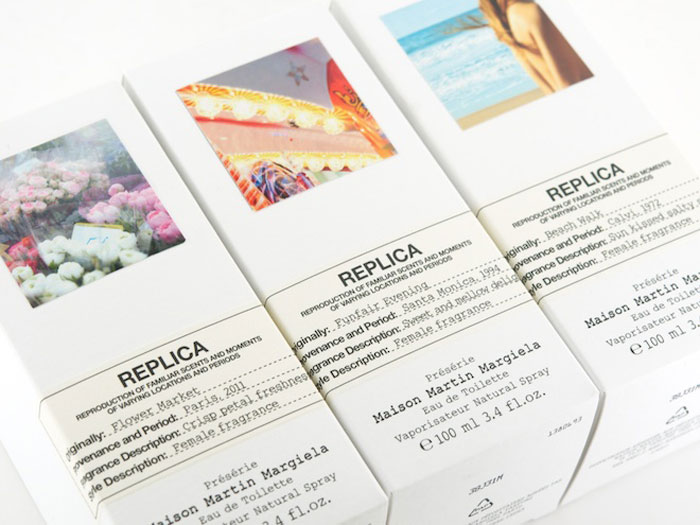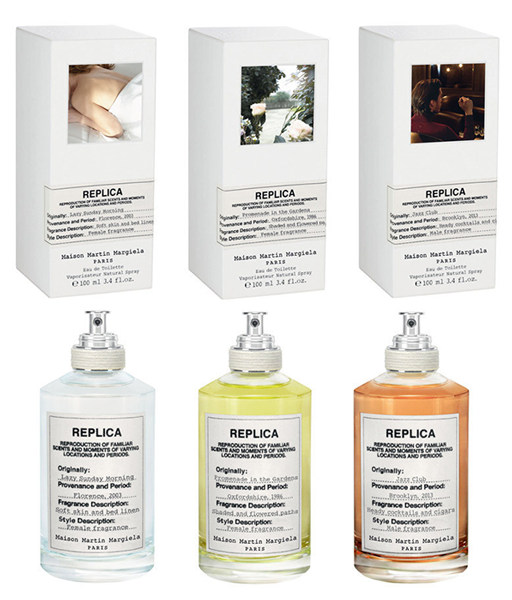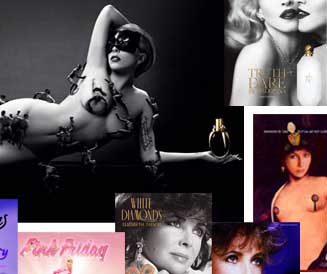If you want to be a true and proper pop star and be remembered forever by your fans, you must have your own perfume. Celebrities the liks of Madonna, Lady Gaga, Nici Minaj are relaunching with beauty and packaging becomes a weapon of mass seduction.
Sonia Pedrazzini
On the global image market the celebrity fragrances are a growing phenomenon. Perfumes are no longer the result of passionate research done by timehonored beauty maisons but true and proper objects for branding or for communicating brands now even representing people, or rather “celebrities”: pop stars, film stars, models or socialites, who create their own personal perfume, an object that by offering emotions as well as visual or olfactory sensations, stands as the media essence of the character they represent. Aboveall, in the case of popstar fragrances, the packaging is often exaggerated, even ugly, all the same it is never banal because it incarnates the look, the style, the aesthetic taste of this or that personality, a sort of accessory-fetish to delight fans, to be looked at, touched, smelled.
To consolidate the imagination of the public, the scents of pop stars are always launched on the market accompanied by a story, a video, a song. The advertising campaign is signed by big names of international creativity, photographers and filmmakers who band together to create a perfect product from all points of view, music, video, graphics, design, fashion, and naturally, beauty are interwoven to give body (packaging) to an icon, and in a short time the perfume bottle enters the distribution and viral marketing circuits. An accessible piece of a dream but, aboveall, a true business.
The marriage between the entertainment and the beauty industry is an interesting union as well as a union of interests, and both sides have much to gain, which is why in the future we are likely to see more and more “star-parfumes”.
One of the first celebs with her own fragrance was the singer and actress Cher, who launched Uninhibited in 1987, a perfume with a sumptuous and decadent appearance; Cher made the presentation to the press in a “Cleopatra” dress style and the publicity photo portrayed her as a symbolist Salomè, a sinful Cher alla Franz von Stuck, metaphor of an essence that allows itself to be bottled, but not held back, as the claim announced.

After Cher came Elizabeth Taylor’s Passion and White Diamond, of course crafted around the image of a gorgeous Liz and her unfailing passion for jewellery. White Diamond has a very feminine bottle, precious and…brilliant; it enjoyed an enormous commercial success and today is still one of the best-selling perfumes the world over.

From the 2000s onwards there has been a succession of new perfumery and “celeb-creations”: Jennifer Lopez, Britney Spears, David Beckham, Gwen Stefani, Antonio Banderas, Shakira, Bruce Willis, Beyonce, Mariah Carey, Prince, One Direction, Rihanna are just some of the celebrities who have dealt or dallied with the world of fragrances.

In 2010, as a sign of her passion for cats, the pop singer Katy Perry made Purr (the name was intended to allude to “perfume”, “perfect”, as well as “Perry”) the bottle, sketched out by the performing artist, is in purple glass in the beloved cat shape, with diamond eyes and metal details. To find the right fragrance the distinctive notes of her favourite fragrances were captured and blended together, to constitute her personification contained in the bottle. Given the success, Kate Perry tried again the following year with Meow, yet another cat perfume with an onomatopoeic name, the bottle being the same as that of the previous year, no longer purple but a pearlescent pale pink. In 2013, finally, came the breakthrough, Kate abandoned the cat (and kitten) icon and relaunched as a powerful, seductive woman.
The transformation is symbolized by “Killer Queen“, a new essence which takes its name from the pop-group Queen’s planetary hit written by Freddie Mercury. «Since I was 15 years old – says the singer – Killer Queen has been in my vocabulary. Mercury’s lyrics speaks of the woman I wanted to be, magnetic, powerful, who conquers all and finally, after all this time, that’s just the way I feel» and to express this marvellous sensation, the shape of the bottle is ruby red studded with gold, it is the point of a sceptre that, in the advertising campaign, Queen Katy brandishes with pride.

One of the most striking pop stars both in life and for the design of his iconic perfume is the American rapper Nicki Minaj, who in 2012 launched “Pink Friday” to express the unique style of his voice through another dimension, that of the sense of smell. The bottle, designed by Lance McGregor, incredibly kitsch and self-referential, is a bust of the same singer with the famous pink wig: impossible to remain indifferent to such abundance and formal semantics, the fatal mix of production technology, sculpture and pop culture.
But it is for this very reason that Nikki’s scent has something magnetic and appealing.
The last one, Minajesty, dated 2013, is no less iconic in terms of force, and the packaging maintains the same concept, the statuary half bust of Minaj but with a new look for the wig, the top and the corset. If this continues you would want to start a collection!

We cannot conclude without mentioning the scents of the most famous pop stars in the world, those who, along with Michael Jackson, made their image the prime mission of their lives (and not just medial), notably and of course Madonna and Lady Gaga.
Truth or Dare was the first fragrance Madonna put her name to and draws inspiration from an olfactory memory, the smell of gardenia and tuberose that reminds her of her mother. A fragrance that evokes something nostalgic, primitive and mystical in her. With this project, Madonna confirmed her determination to appear ever less the “material girl” and ever more spiritual (of course in the mix typical to her: Catholicism, Judaism and Kabbalah, yoga, Opus Dei). The bottle, designed by Fabien Baron, is white with gold logo and cap, a touch of preciousness that hints at the opulence of certain churches.

Lady Gaga is an extreme experimenter who here too does not deny herself.
Her first fragrance “Fame” (September 2012) represents a step forward in the realm of perfumery. First, the liquid fragrance is a striking black color which, on contact with the skin becomes transparent, the composition of the olfactory bouquet, instead of following the traditional pyramid structure (top notes, heart and bottom), uses an innovatory push-pull structure, in which the various odours simultaneously interact to set off and heighten the characteristics of each note without any dominance or hierarchy.
The bottle was designed in collaboration with photographer Nick Knight and has the appearance of an alien magic potion, the black liquid of the bulb and the top looking like a gold harpoon makes for a mysterious and aggressive object. Just before the commercial launch rumour circulated that the pop star was looking for a perfume aroma of blood and semen, subsequently stating that, although the fragrance was based on the molecular structure of these substances – and in particular on sampling of the molecules of his own blood – that was not the odour (thank goodness for that!). Lady Gaga’s provocations are never gratuitous anyway, and thanks to the powerful commercial launch and advertising campaign shot by Steven Klein, in just one week “Fame” sold 6 million units, becoming one of the best-selling perfumes worldwide.

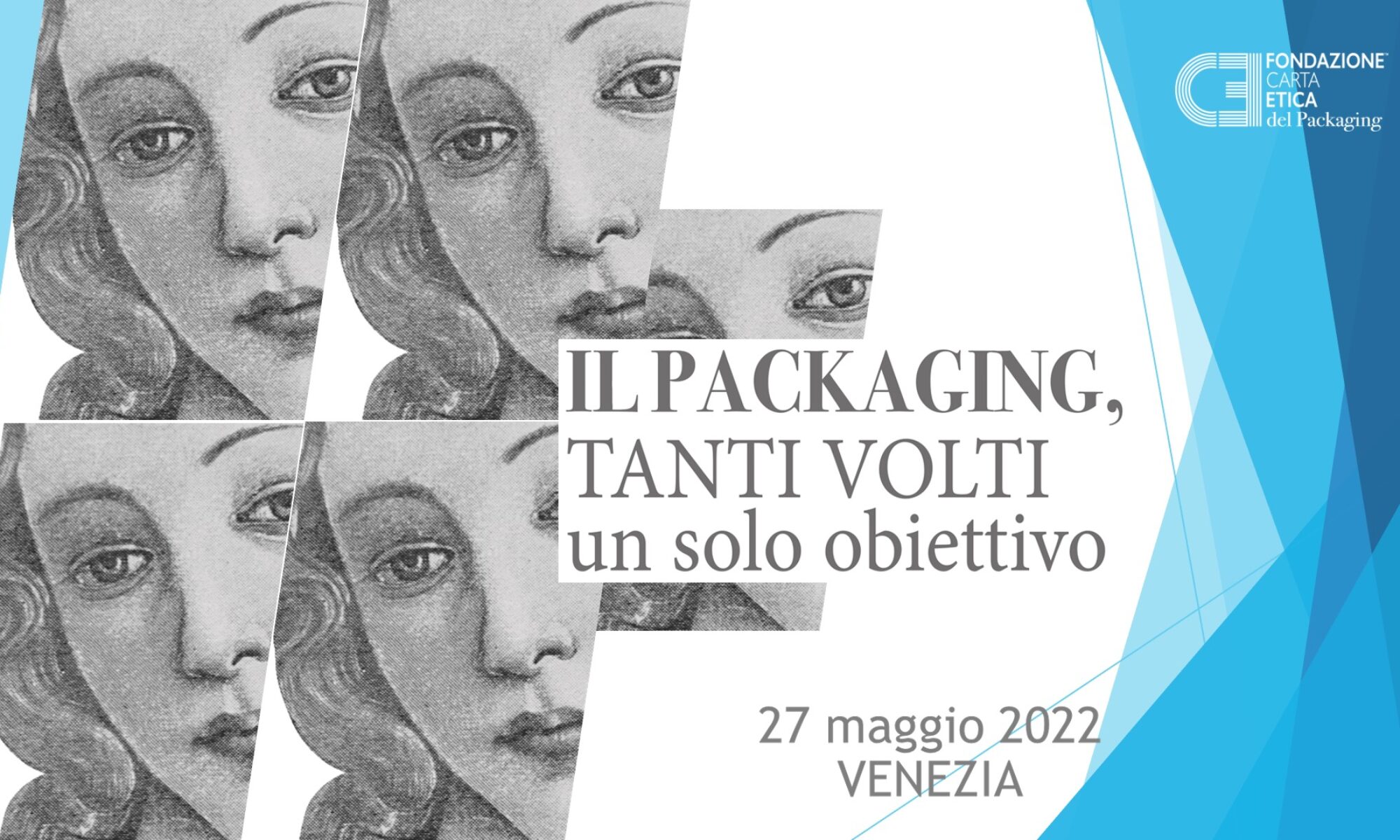

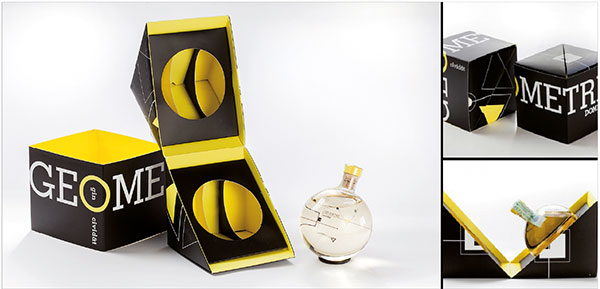
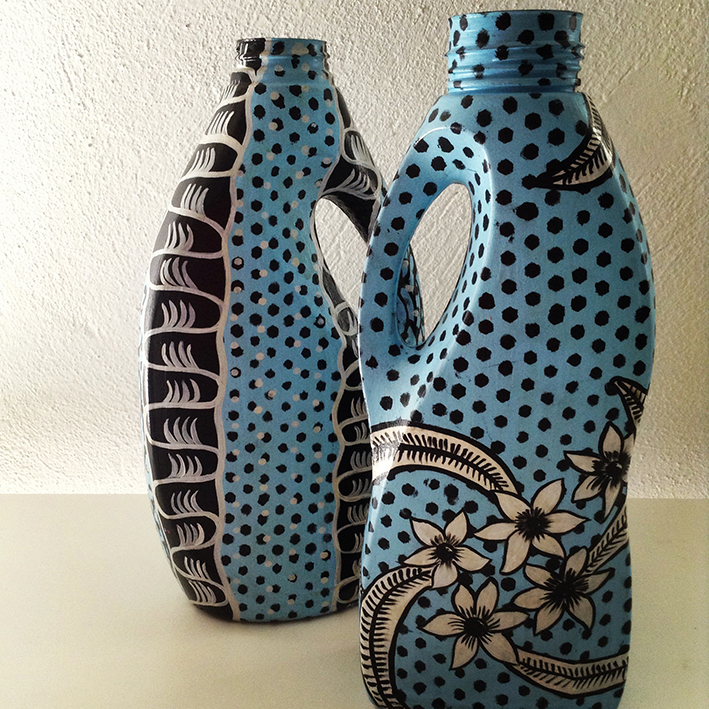
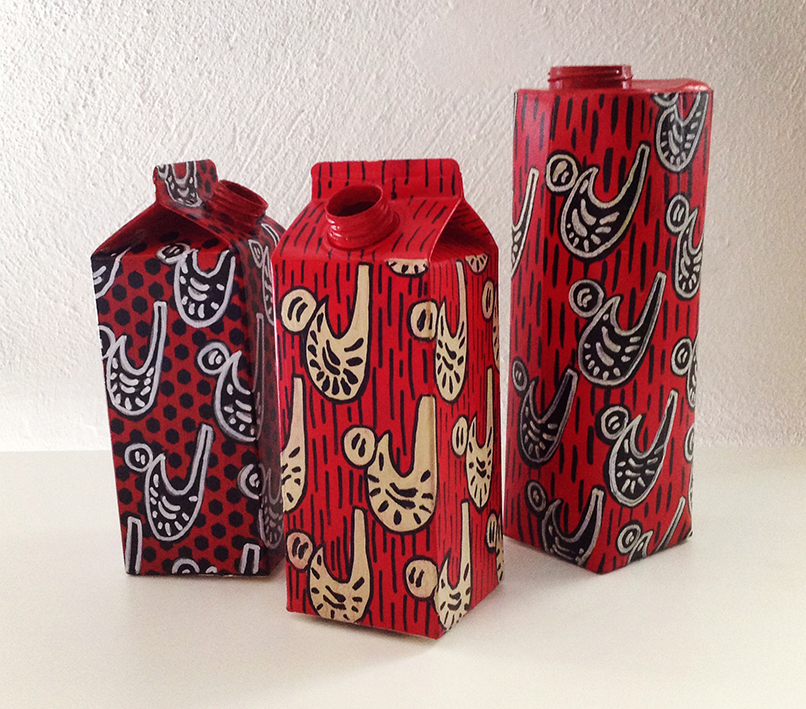
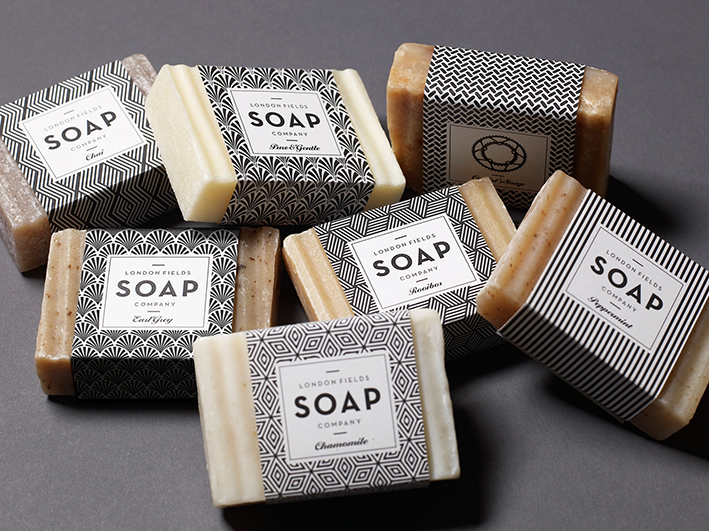
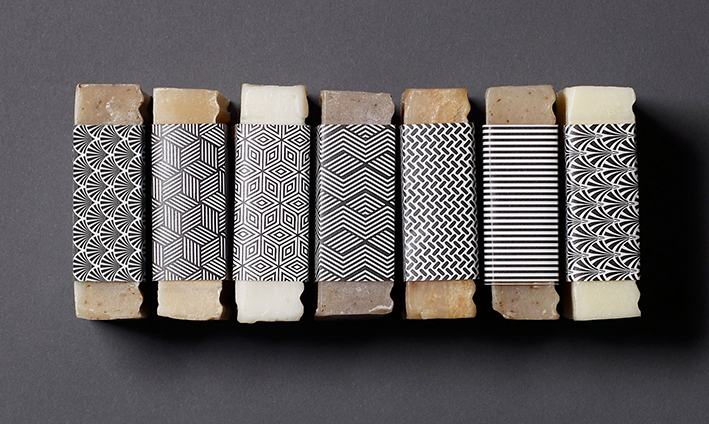
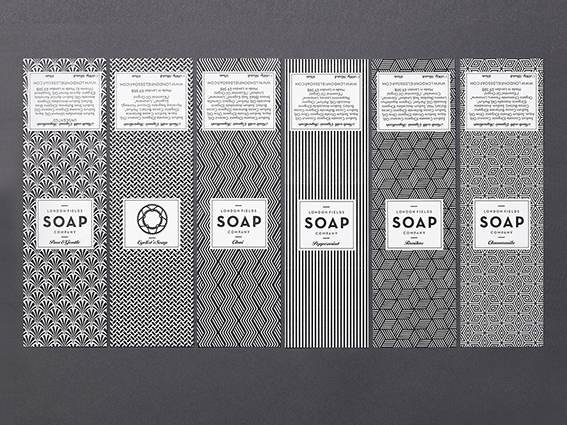
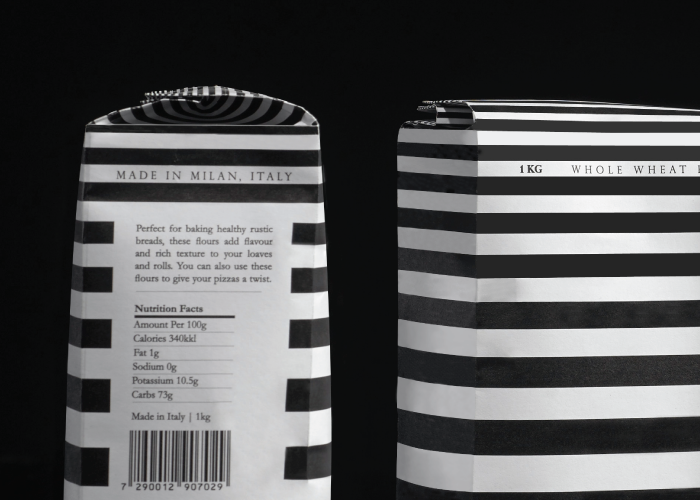

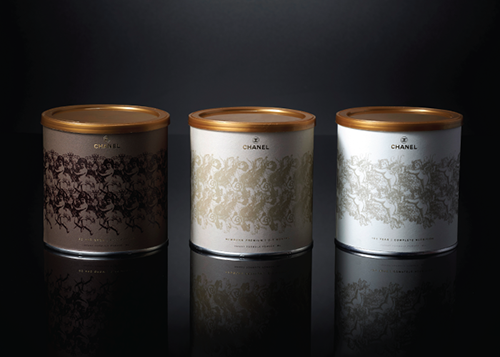
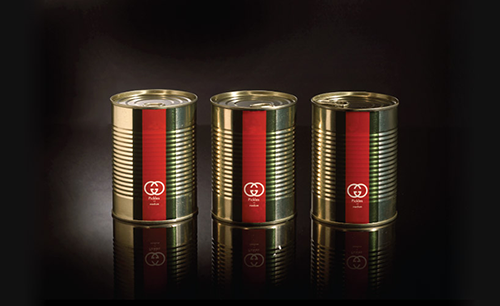
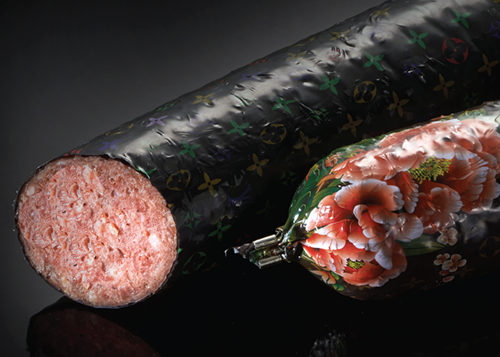
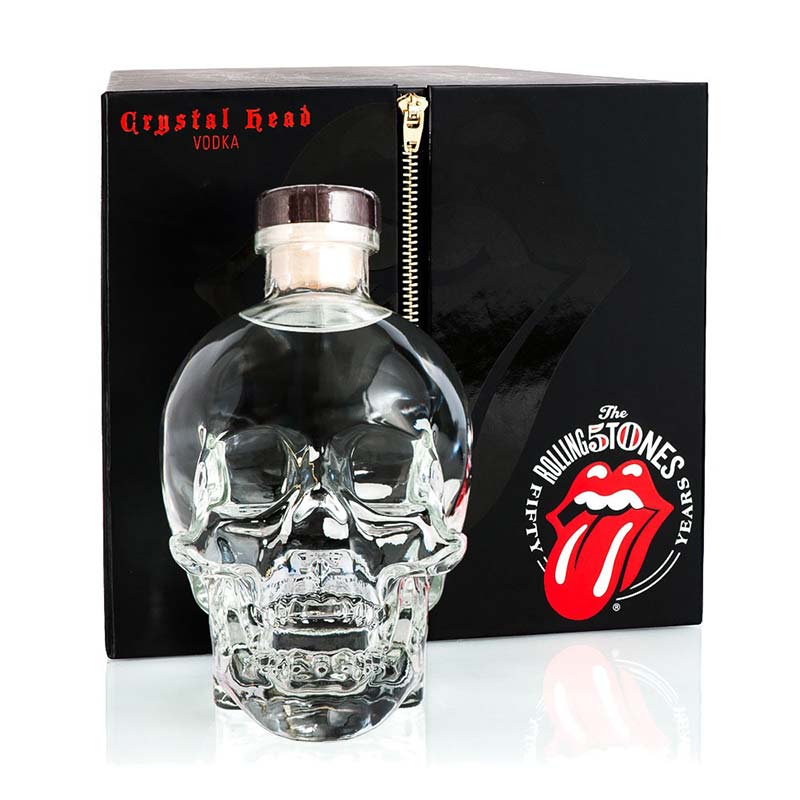
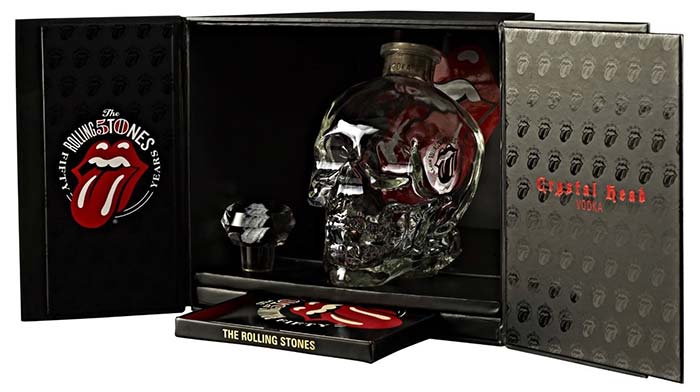

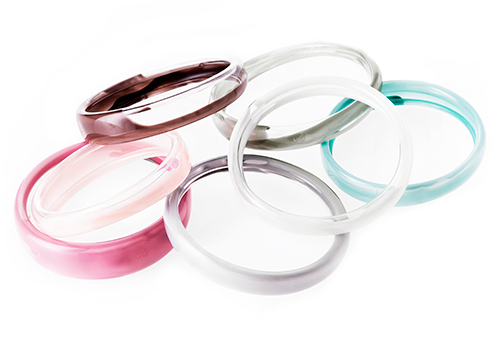
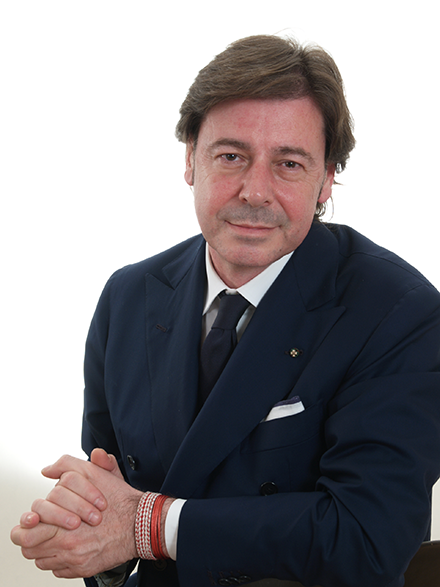
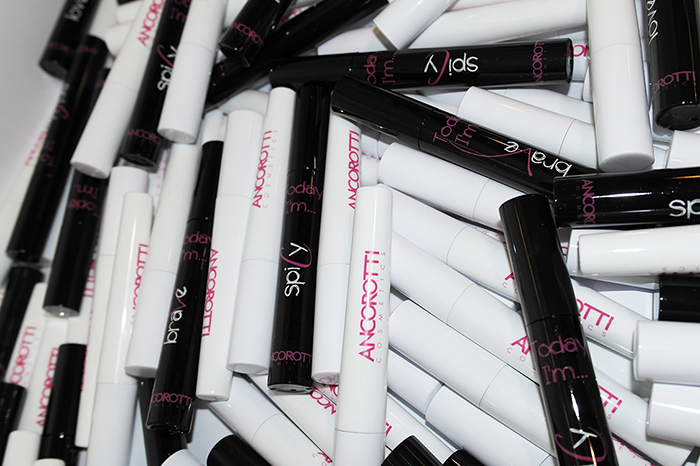
 In cosmetics, what most fascinates you in a packaging solution?
In cosmetics, what most fascinates you in a packaging solution?